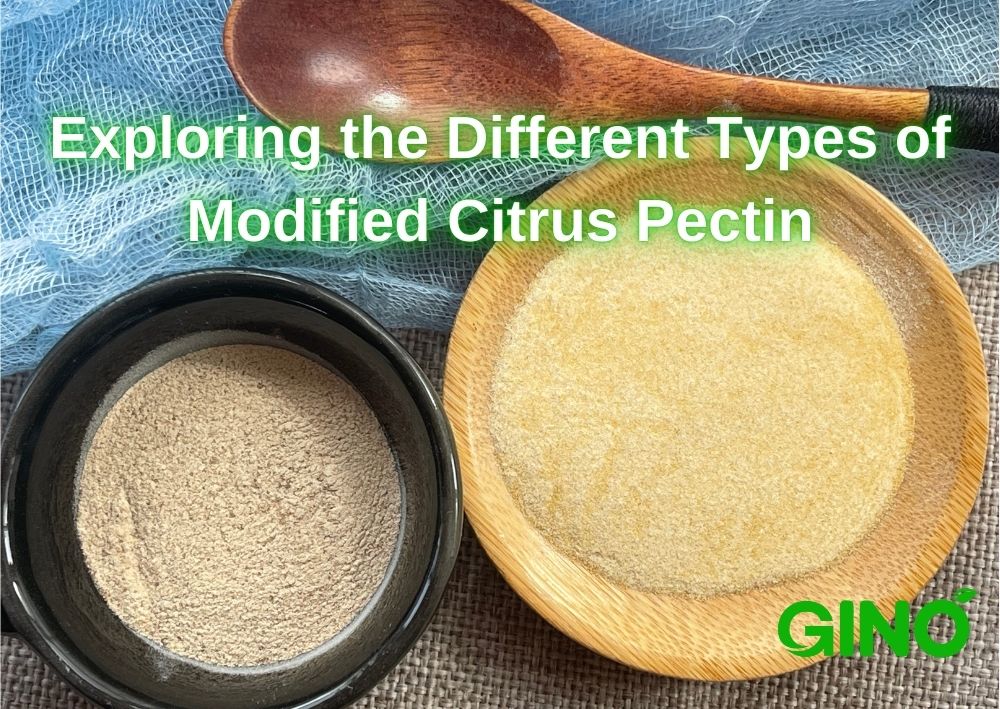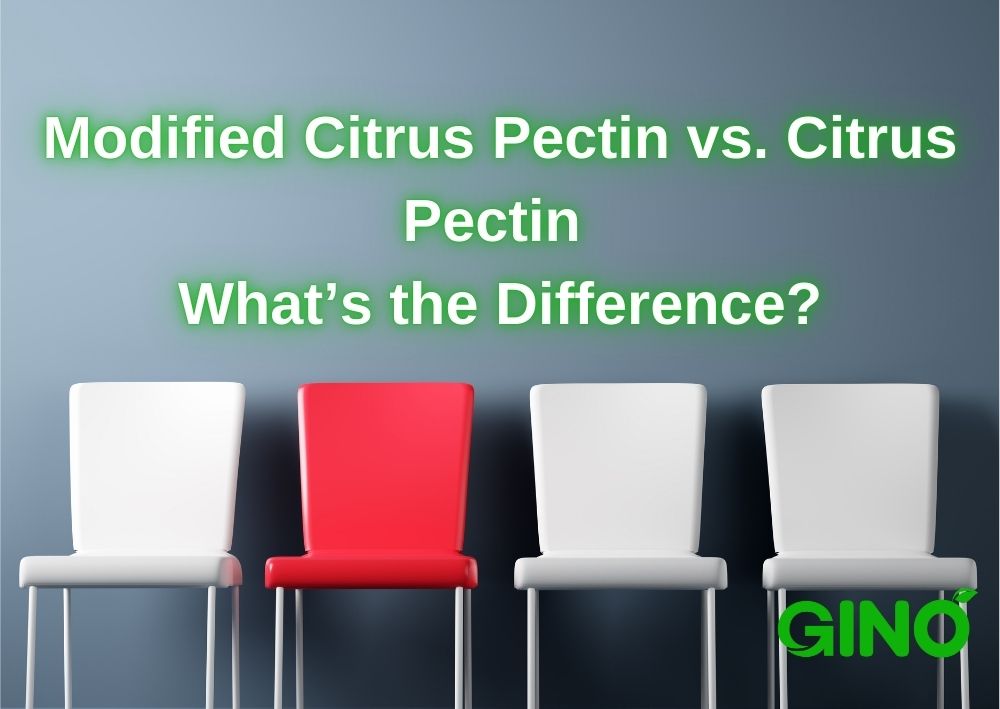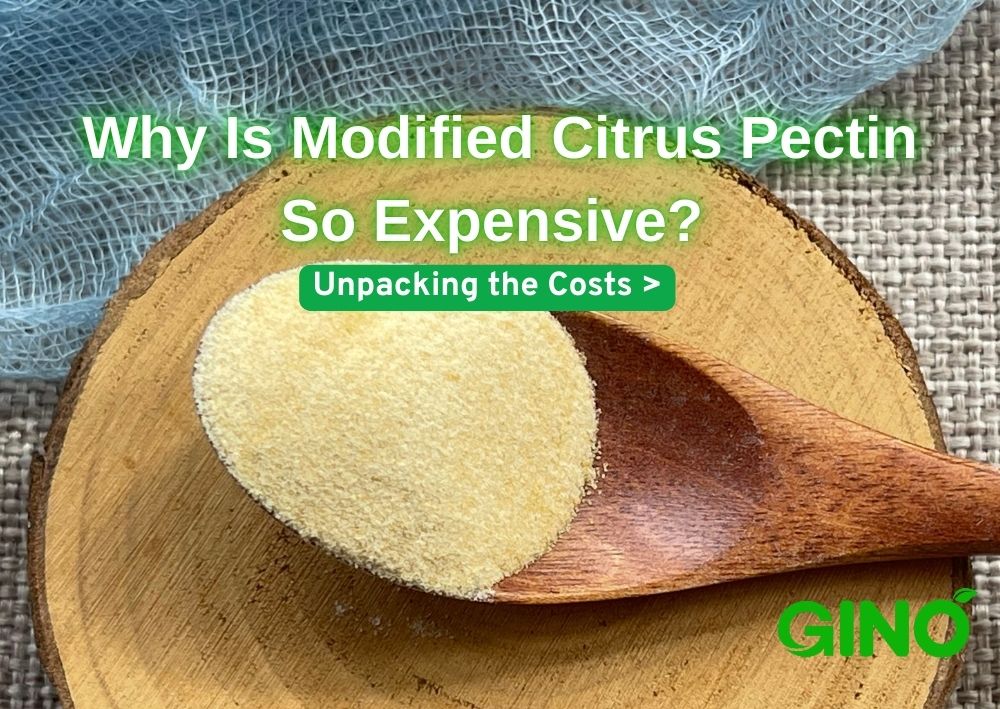
The Crucial Role of Pectin in Jam Making: Enhancing Texture and Flavor
Pectin in Jam Making
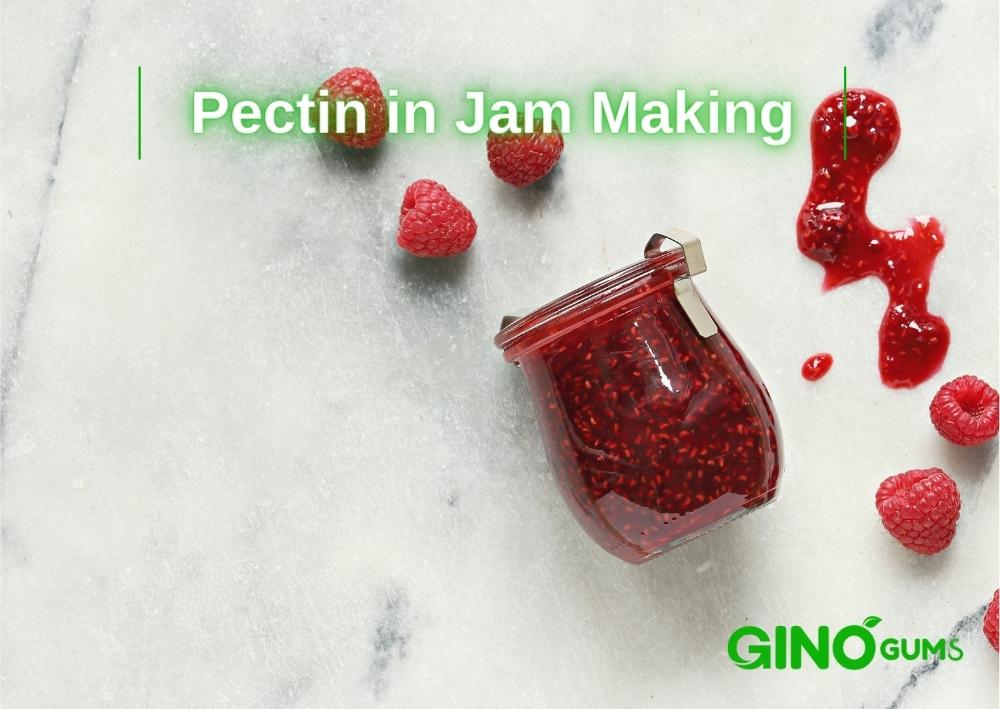
Are you a fan of delicious, fruity jams that spread smoothly on your morning toast? If so, you have likely come across the term "pectin" in relation to jam-making. Pectin plays a crucial role in achieving that perfect texture and consistency we all crave in our favorite jams. In this article, we will delve into the world of pectin in jam making, exploring its definition, types, natural sources, functions, and how to effectively use it in homemade jams.
1. 펙틴이란 무엇인가요?
Pectin, a naturally occurring substance, is a complex carbohydrate found in the cell walls of fruits. It acts as a gelling agent, giving jams, jellies, and preserves their characteristic thickness. Pectin is widely used in the food industry to enhance the texture, stability, and mouthfeel of various products. When pectin is combined with sugar and acid, it forms a gel-like structure that traps the fruit juices, creating that desirable spreadable consistency in jams.
2. Types of Pectin
Pectin, a naturally occurring substance, is a complex carbohydrate found in the cell walls of fruits. It acts as a gelling agent, giving jams, jellies, and preserves their characteristic thickness. Pectin is widely used in the food industry to enhance the texture, stability, and mouthfeel of various products. When pectin is combined with sugar and acid, it forms a gel-like structure that traps the fruit juices, creating that desirable spreadable consistency in jams.
HM pectin is the traditional pectin commonly used in home jam-making. It requires the presence of high sugar and acidity levels to set properly. This type of pectin is versatile and can be used with a wide range of fruits. It sets quickly and creates a firm gel, making it ideal for jams and jellies that require a solid texture.
LM pectin is a modified form of pectin that sets in the presence of calcium and a lower amount of sugar. It is often used in low-sugar or no-sugar-added jams and jellies. LM pectin provides a softer gel texture, allowing the natural flavors of the fruit to shine through without being overwhelmed by sweetness.
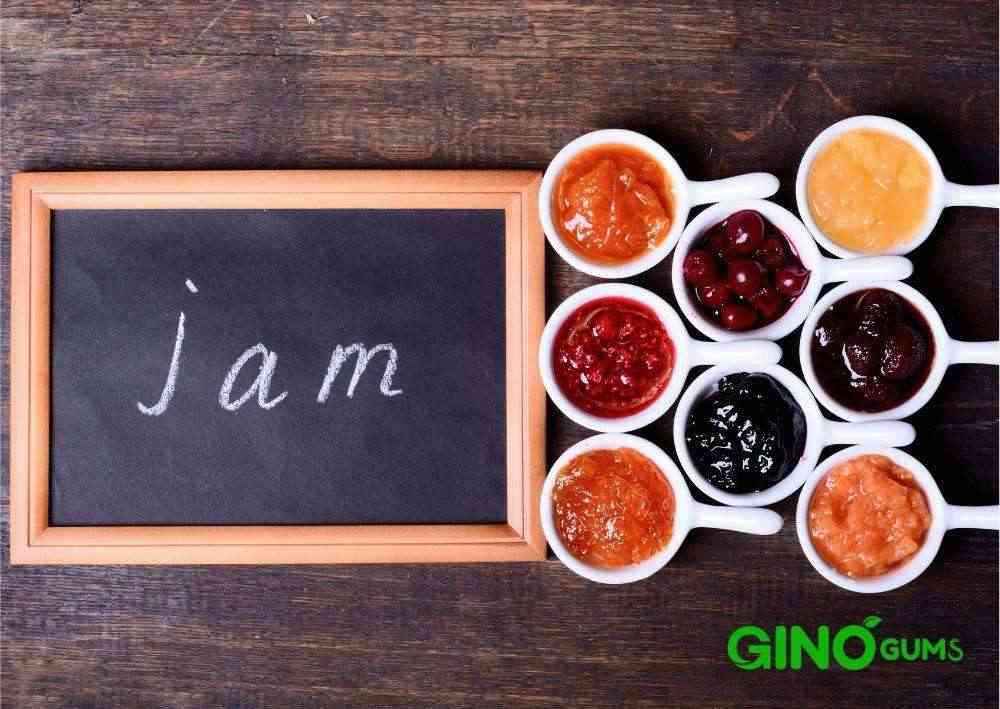
3. The Natural Source of Pectin
Pectin can be found in varying amounts in different fruits. Some fruits are naturally high in pectin, while others contain less. If you're planning to make jam using fruits that are low in pectin, you may need to supplement it with additional pectin. Here are some fruits that are naturally high in pectin:
Apples: Both the fruit itself and the cores are rich sources of pectin.
Citrus Fruits: Oranges, lemons, and grapefruits contain significant amounts of pectin in their peels and pith.
Quinces: This fruit is especially high in pectin and often used in making jams and jellies.
Berries: Some berries, such as blackberries and currants, are naturally high in pectin.
Remember, the ripeness of the fruit can also affect its pectin content. Underripe fruits tend to have higher pectin levels than overripe ones.
4. The Properties of Pectin in Jam Making
Pectin serves several important functions in the jam-making process. Let's explore how this versatile ingredient contributes to creating that perfect jar of jam:
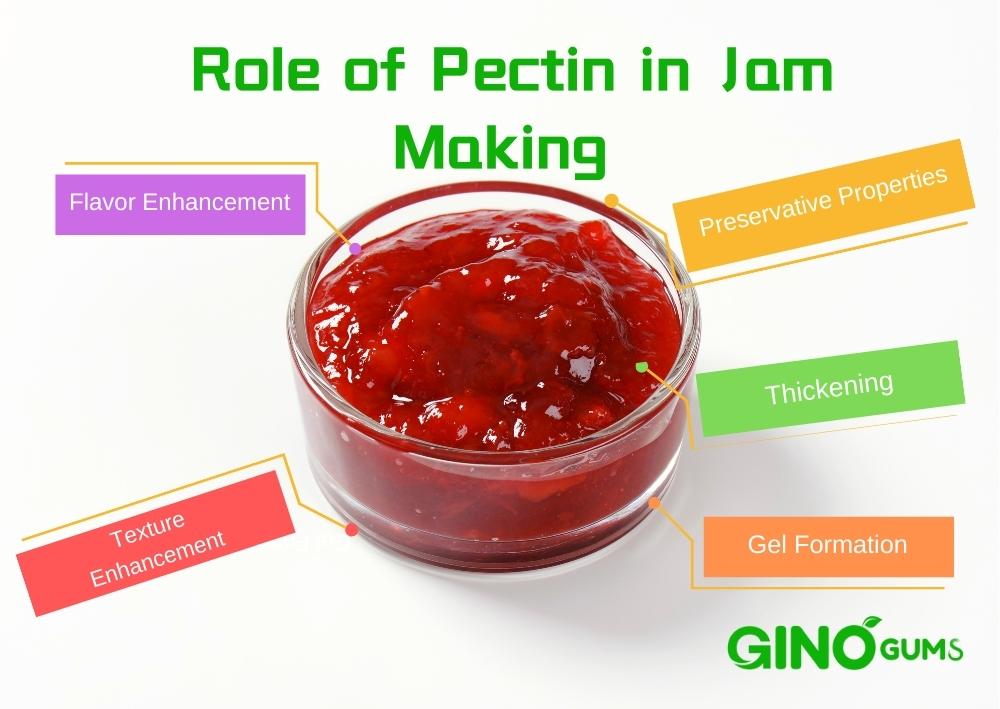
젤 형성
Pectin's most significant role is in forming a gel-like texture in jams. When heated with sugar and acid, pectin molecules interact, creating a network that traps water and fruit juices. This network solidifies upon cooling, resulting in the desired spreadable consistency of jam.
텍스처 향상
Pectin helps to improve the texture of jams by giving them a smooth, cohesive structure. It prevents the separation of fruit solids and liquid, ensuring that the jam maintains a uniform texture throughout.
농축제
As a gelling agent, pectin thickens the fruit mixture in jam-making. It adds body and viscosity to the jam, allowing it to spread easily on bread or toast without dripping off.
Preservative Properties
Pectin acts as a natural preservative in jams by inhibiting the growth of microorganisms. The gel-like structure created by pectin helps to seal in the fruit's natural flavors and aromas, extending the shelf life of homemade jams.
Flavor Enhancement
Pectin plays a role in enhancing the flavor of jams by encapsulating the fruit juices and retaining their intense taste. It helps to concentrate the natural sweetness and tartness of the fruits, resulting in a more vibrant and flavorful jam.
5. Using Pectin in Jam Making
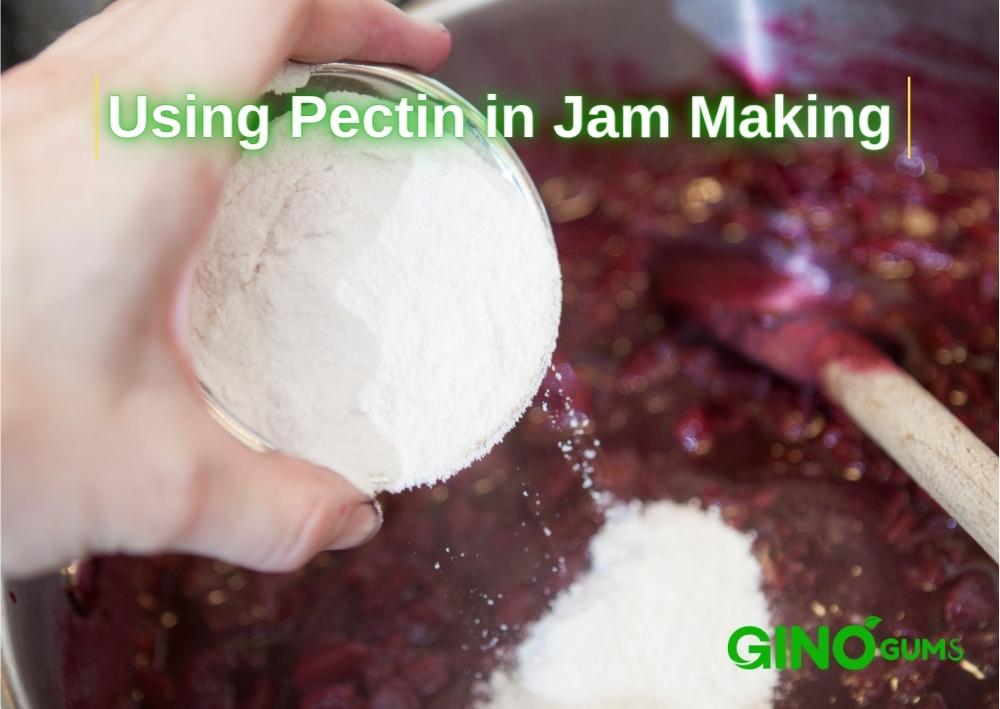
Now that we understand the importance of pectin in jam-making, let's explore how to use it effectively to achieve delightful results. Here's a step-by-step guide:
- Choose the Right Pectin Type
Select the appropriate type of pectin based on your desired outcome and the fruit you are using. High methoxyl (HM) pectin is ideal for traditional, high-sugar jams, while low methoxyl (LM) pectin works well for low-sugar or no-sugar-added recipes.
- Prepare the Fruit
Wash and prepare the fruit by removing any stems, seeds, or unwanted parts. Chop the fruit into small pieces or mash it, depending on the texture you desire in your jam.
- Measure the Ingredients
Follow the recipe guidelines and measure the required amount of fruit, sugar, acid (usually lemon juice), and pectin. Accurate measurements are crucial to achieve the right balance and set of the jam.
- Combine the Ingredients
In a large, non-reactive pot, combine the fruit, sugar, and acid. Heat the mixture over medium heat, stirring gently until the sugar dissolves completely.
- Add the Pectin
Gradually add the pectin to the fruit mixture while stirring continuously. Make sure the pectin is evenly distributed to prevent clumping.
- Bring to a Boil
Increase the heat and bring the mixture to a rolling boil, stirring frequently. Boil for the specified time mentioned in your recipe, usually around 1-2 minutes. Be cautious as the mixture will be extremely hot.
- Perform a Gel Test
To determine if the jam has reached the desired consistency, perform a gel test. Place a small spoonful of the hot mixture on a chilled plate or saucer and let it cool for a few moments. If it forms a gel-like texture and wrinkles when pushed with your finger, the jam is ready.
- Skim off Foam
During the boiling process, foam may accumulate on the surface of the jam. Skim off the foam using a spoon or ladle to ensure a clear, smooth jam.
- Fill and Seal Jars
While the jam is still hot, carefully ladle it into sterilized jars, leaving a small headspace at the top. Wipe the rims clean, place the lids on tightly, and process the jars according to proper canning methods or refrigerate them for immediate use.
- Enjoy and Store
Allow the jars to cool completely before storing them in a cool, dark place. Once opened, store the jam in the refrigerator and consume it within a reasonable time frame.
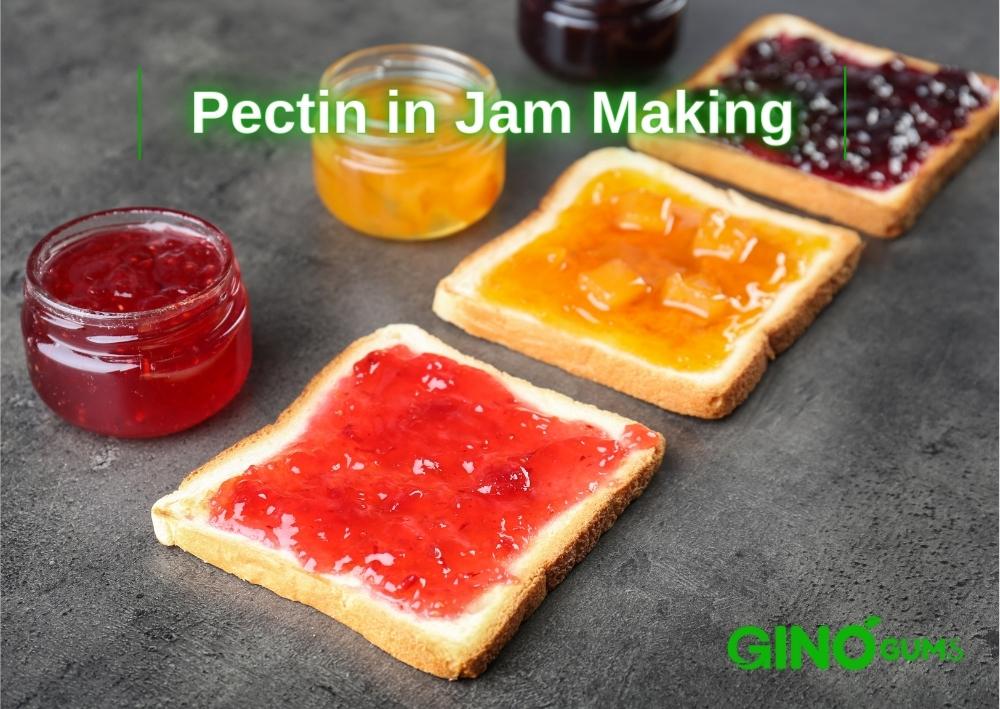
6. FAQs about Pectin in Jam Making
Not all fruits have sufficient pectin content to achieve a proper gel in jam-making. Some fruits naturally have higher pectin levels, while others require additional pectin or the combination of fruits with high pectin content.
Yes, it is possible to make jam without using pectin. Traditional methods involve cooking the fruit and sugar for a longer time to achieve a thicker consistency naturally. However, using pectin ensures a more reliable and consistent gel formation.
It is crucial to follow the recommended amount of pectin mentioned in your recipe. Altering the pectin quantity can affect the jam's texture and its ability to set properly.
If your jam doesn't set properly, it may be due to several factors such as incorrect measurements, insufficient cooking time, or the pectin type used. Refer to troubleshooting guides or consult reliable jam-making resources for assistance.
HM pectin and LM pectin have different gelling properties and requirements. It is not recommended to substitute one for the other without adjusting the recipe accordingly. Follow the instructions provided by the specific pectin brand or consult reliable jam-making references for guidance.
When properly sealed and processed, homemade jam can be stored for up to a year in a cool, dark place. Once opened, it should be refrigerated and consumed within a few weeks.
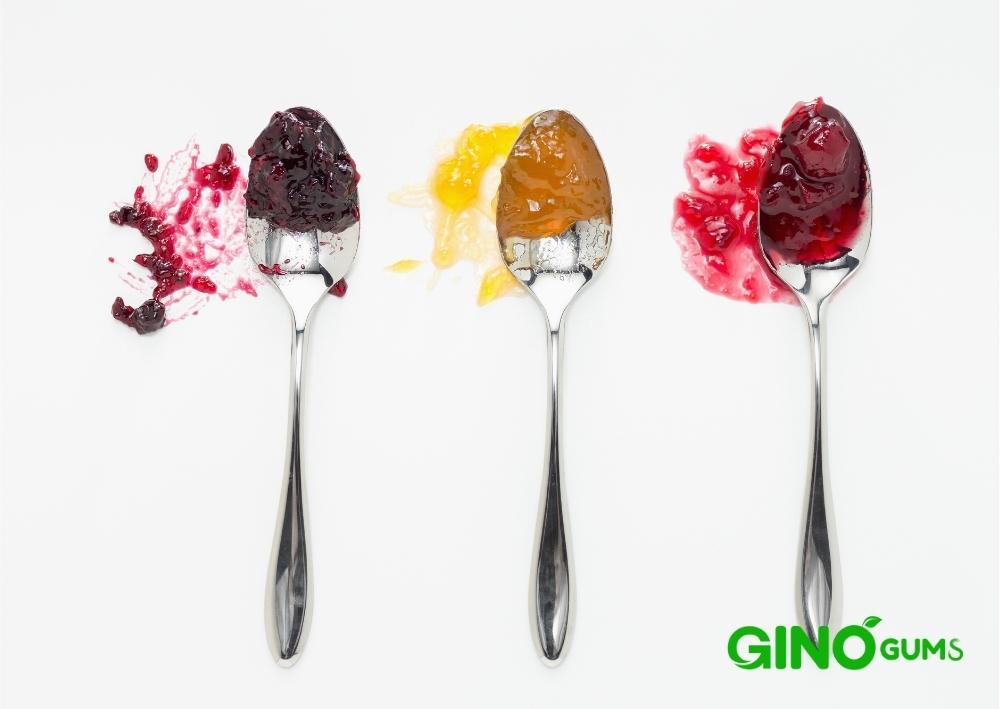
7. Conclusion: The Perfect Pectin in Jam Making
Pectin plays a crucial role in jam-making, often going unnoticed but greatly contributing to the texture, flavor, and consistency we adore. Whether you choose high methoxyl (HM) pectin for classic jams or low methoxyl (LM) pectin for low-sugar options, comprehending the significance and correct application of pectin will enable you to craft delectable homemade jams that are bound to impress.
Pectin Supplier
Let's work together towards a healthier future.
?? ???
MCP 시리즈 12: 개량 감귤 펙틴은 왜 그렇게 비싼가? 원가 공개
MCP 시리즈 11: 필요에 맞는 다양한 유형의 개량 감귤 펙틴 살펴보기
MCP 시리즈 09: 변성 감귤류 펙틴 중금속 해독
회사 소개
더 건강한 삶을 위한 식물성 잇몸 및 안정제를 제공한다는 사명을 가지고 2018년에 설립된 지노 검스 앤 스태빌라이저.
우리는 다양한 종류의 식물 기반 하이드로콜로이드 및 안정화 솔루션 시스템에 주력하고 있습니다.

